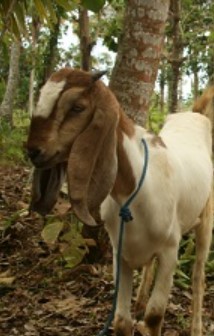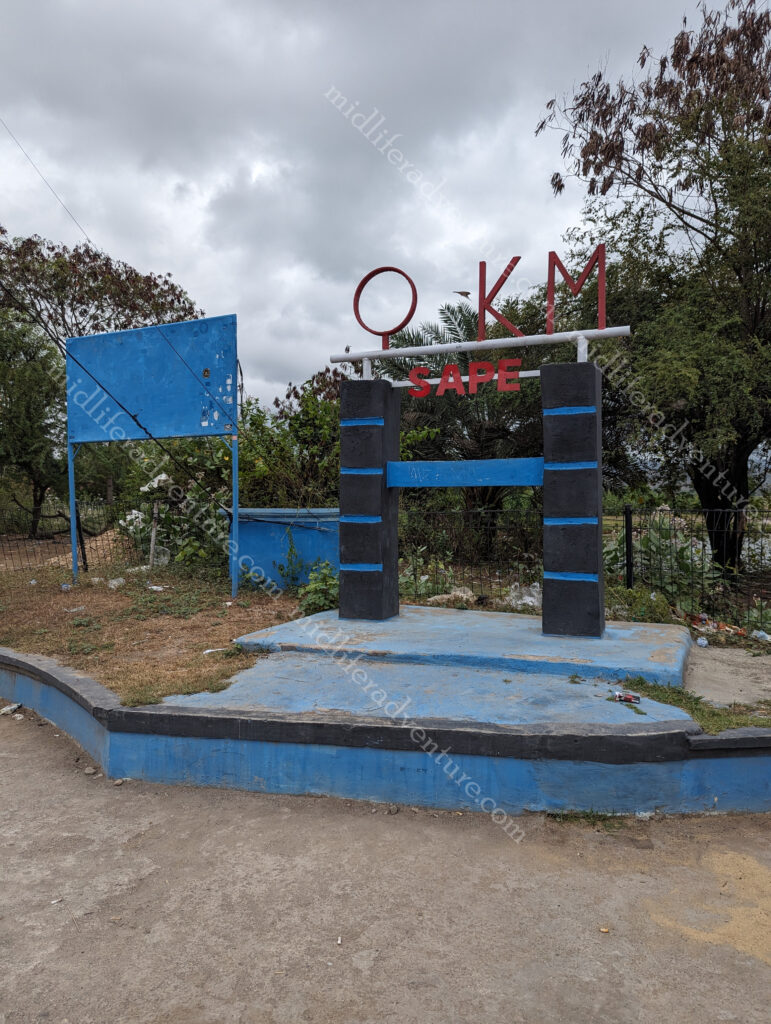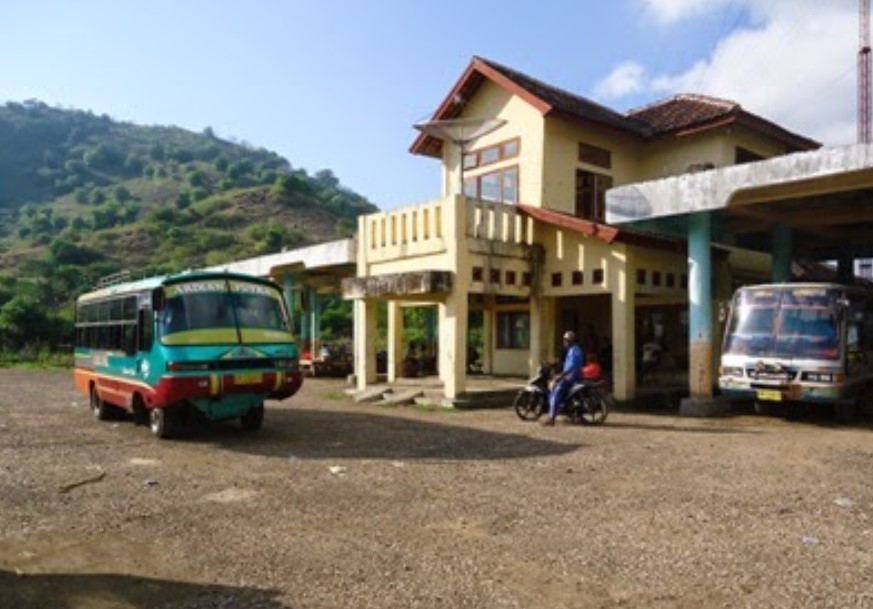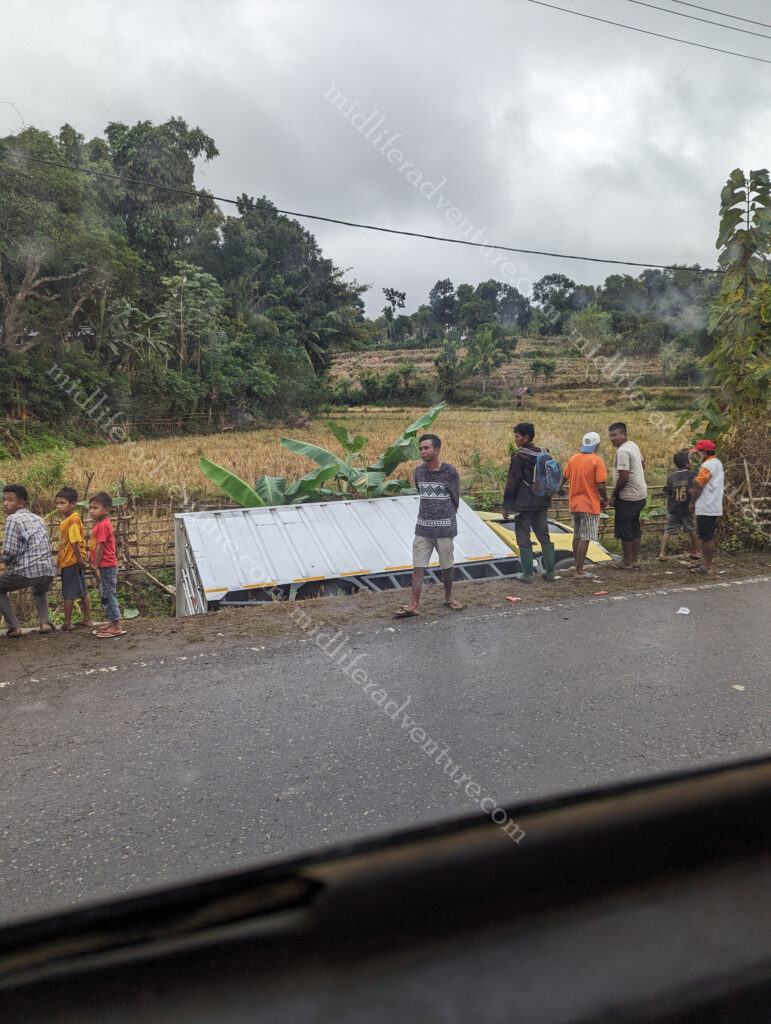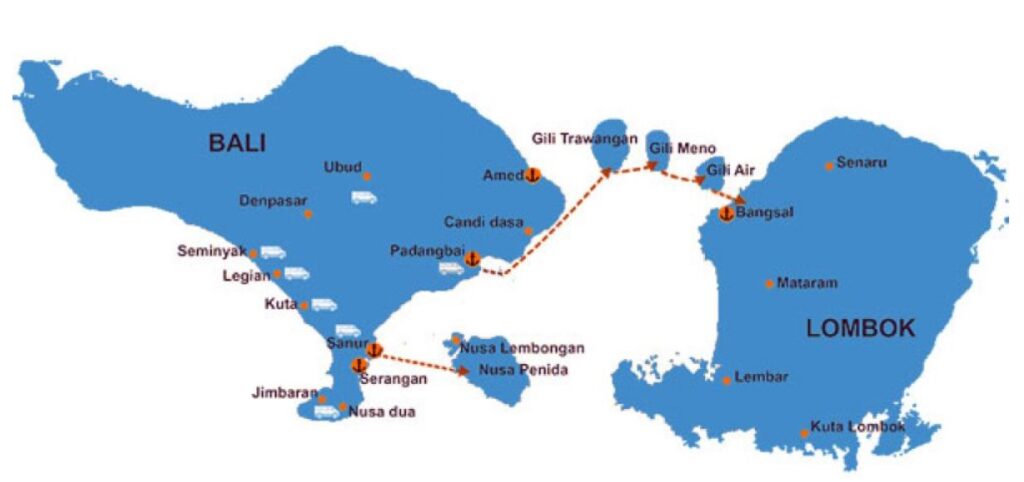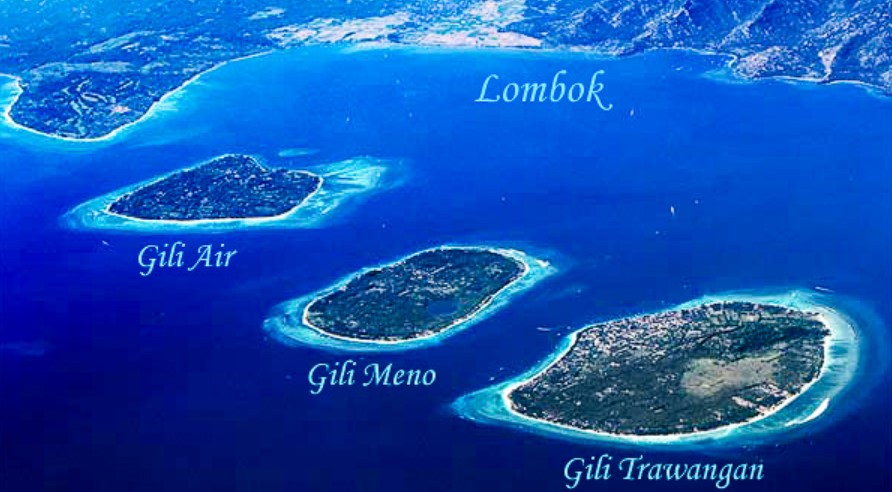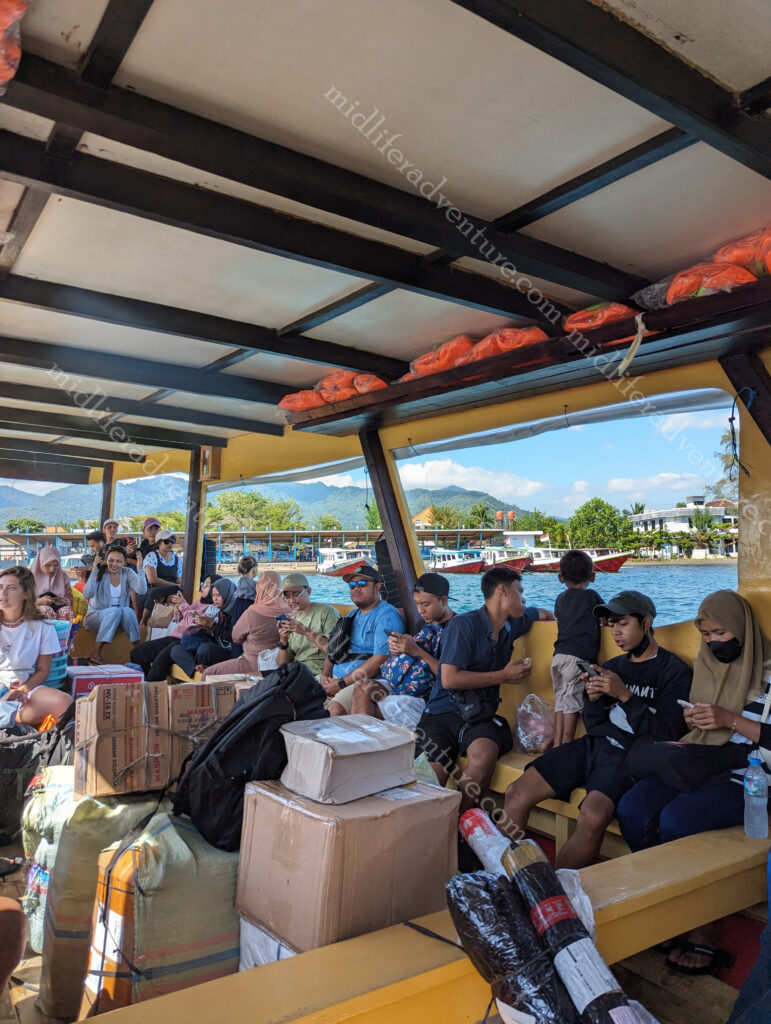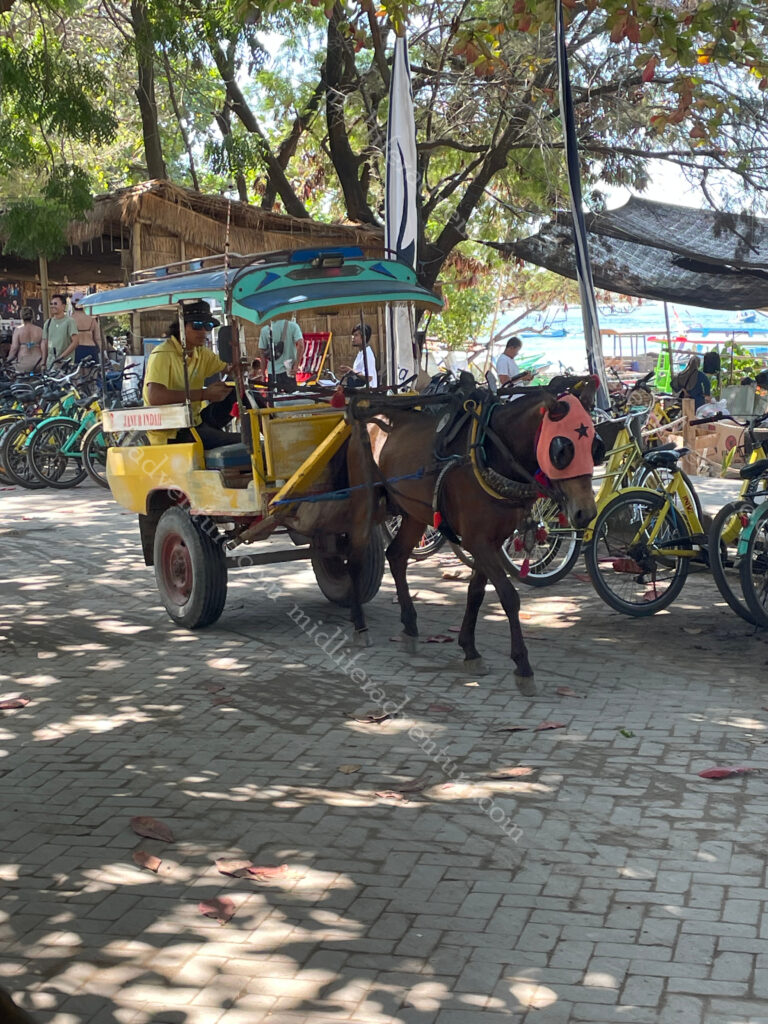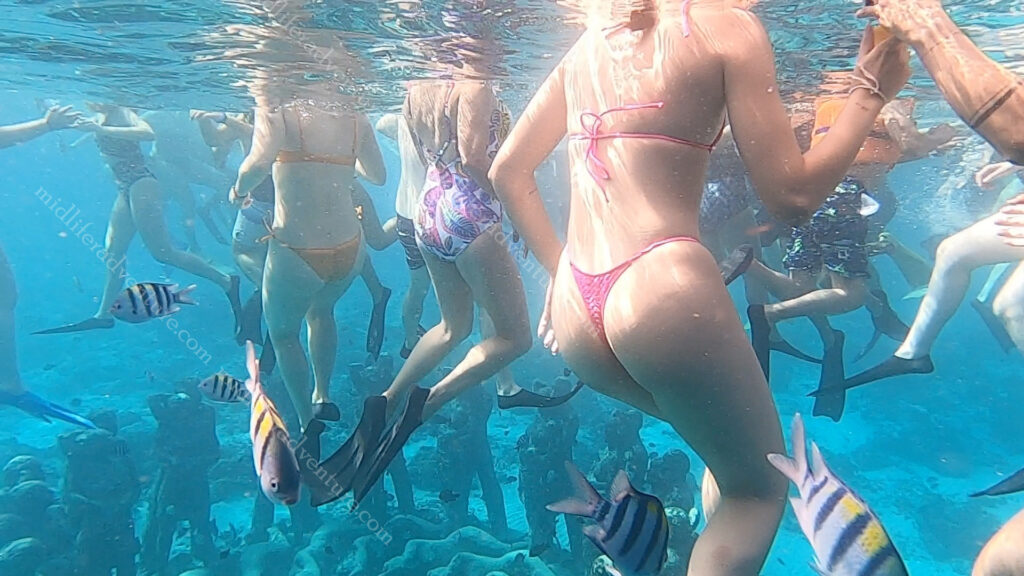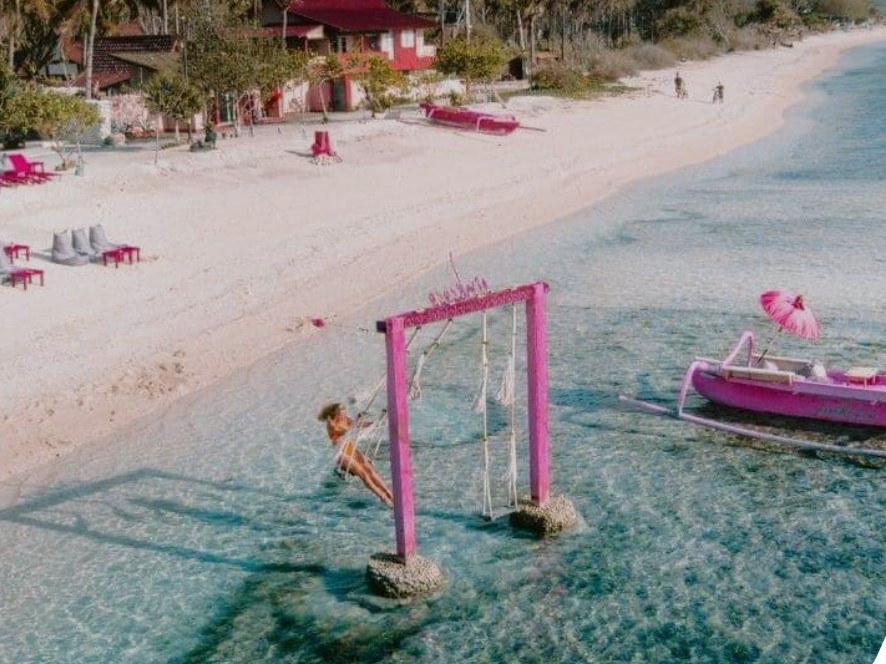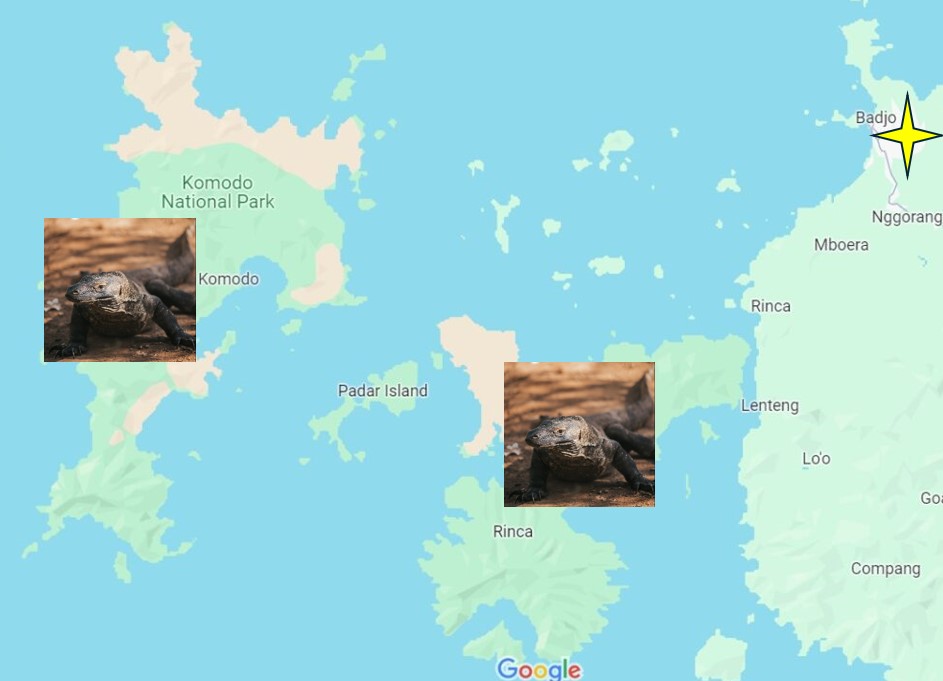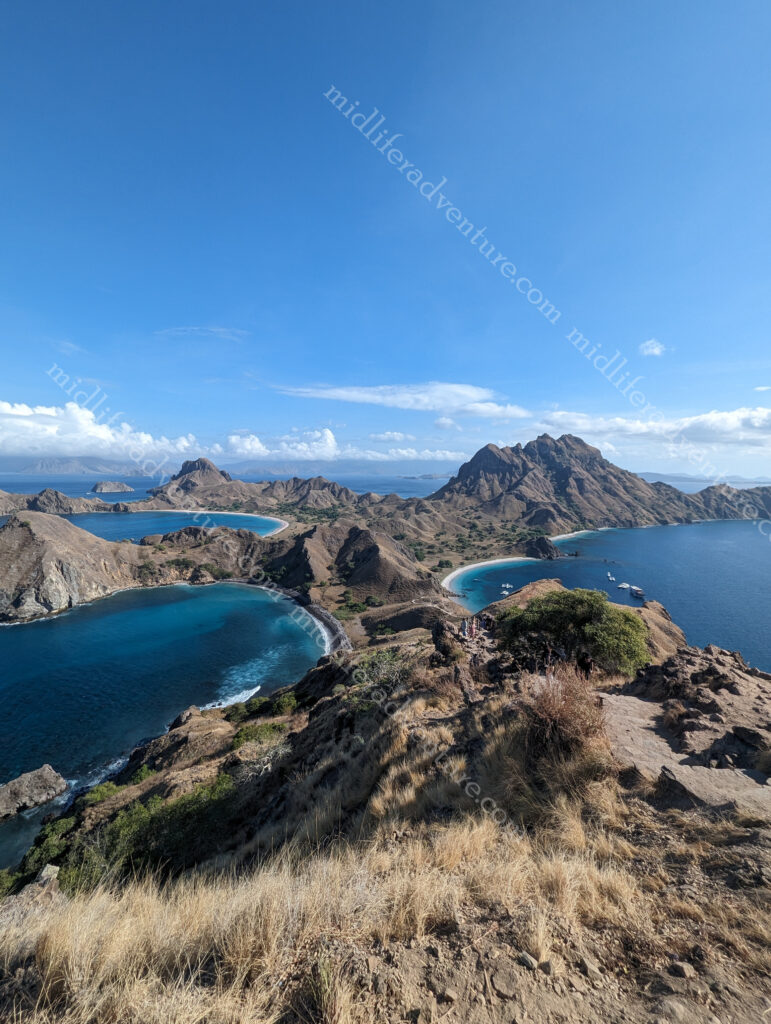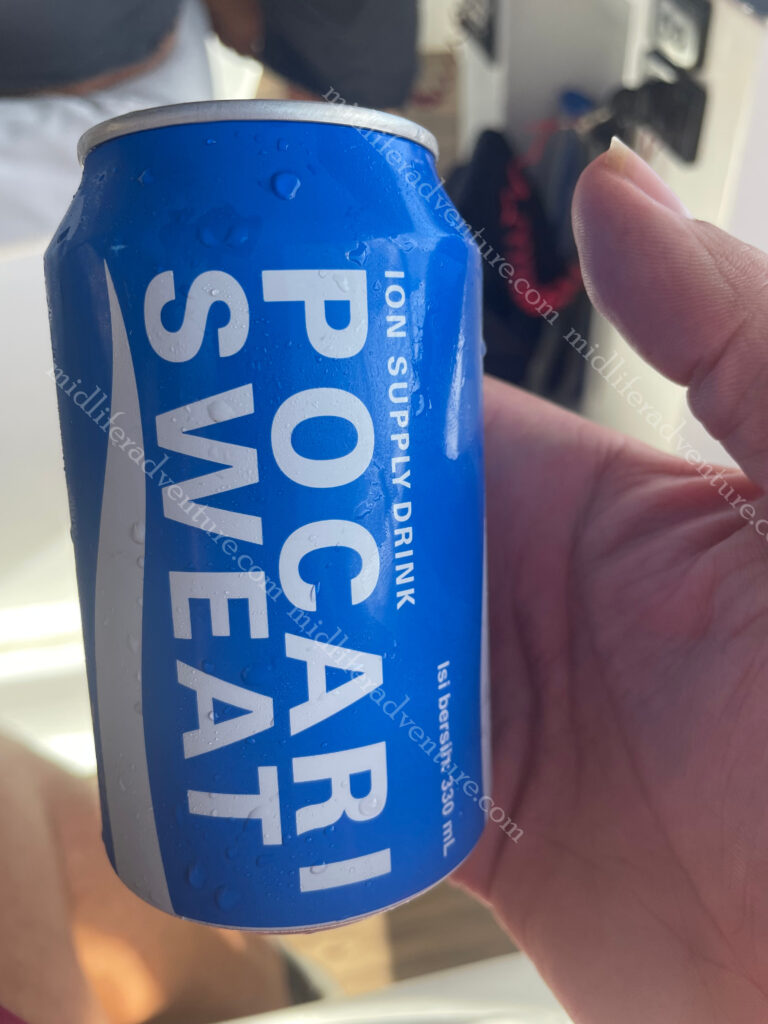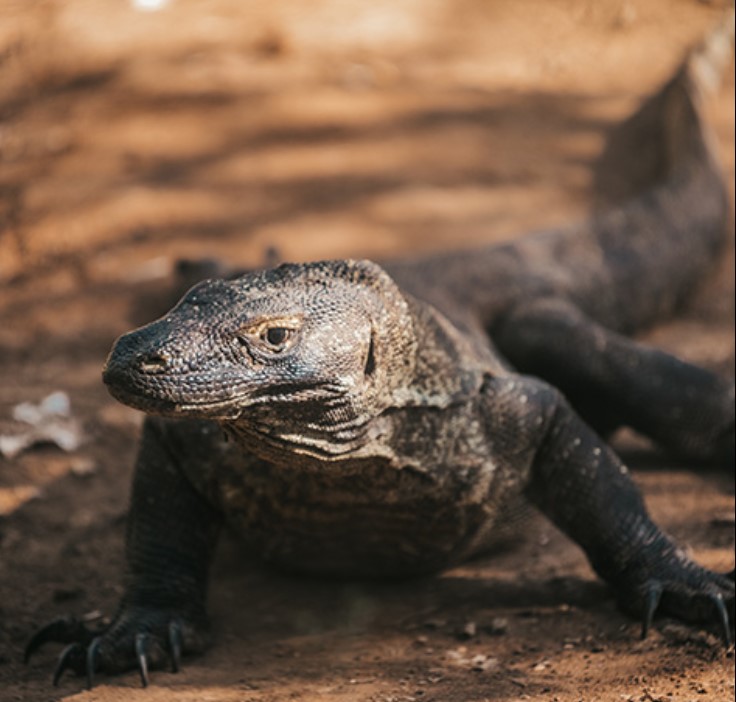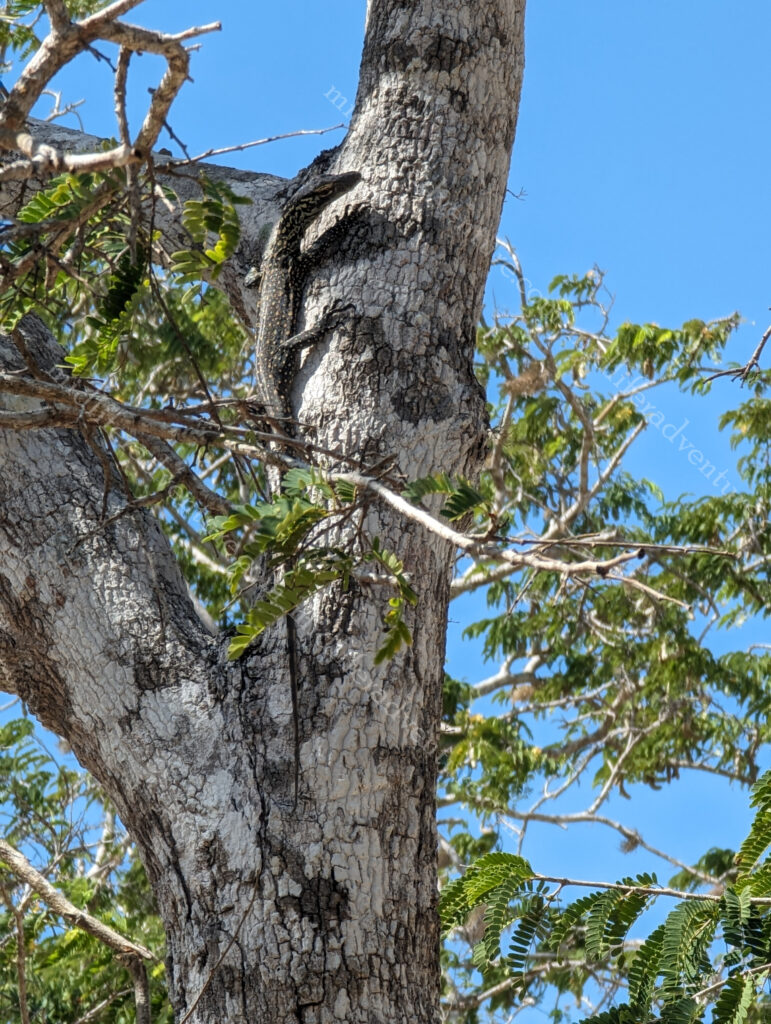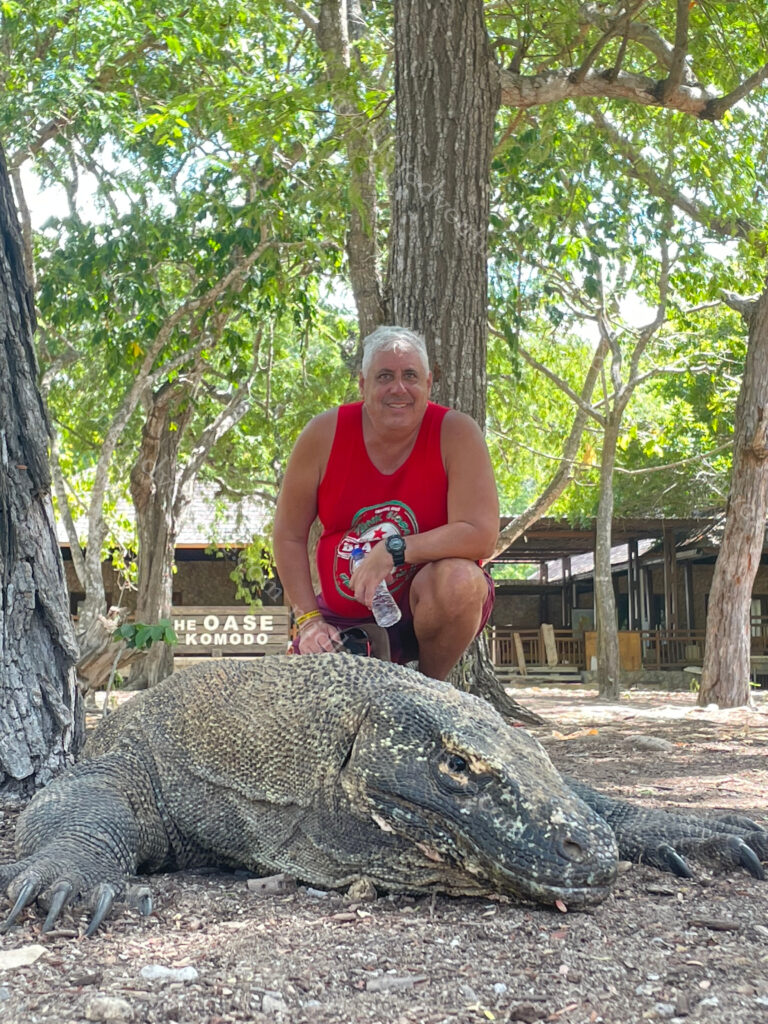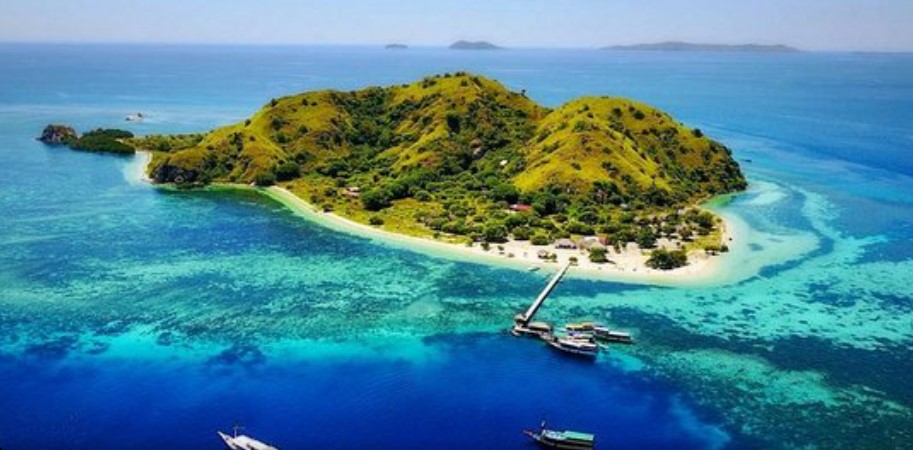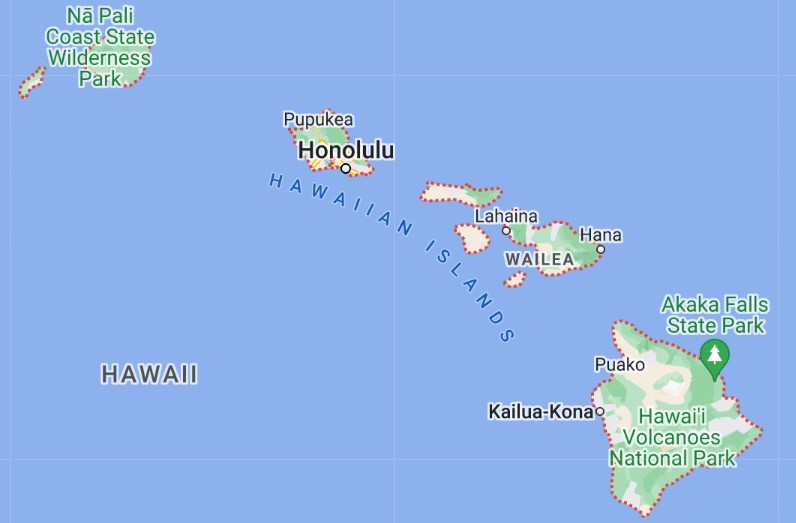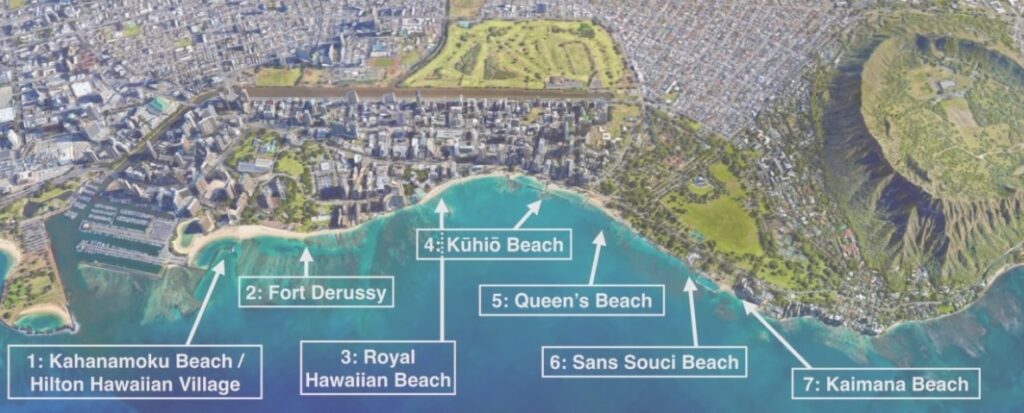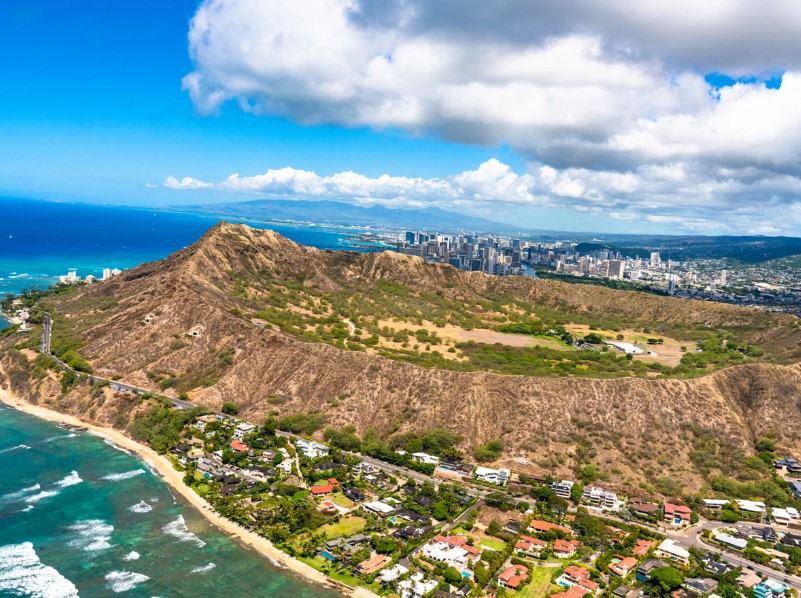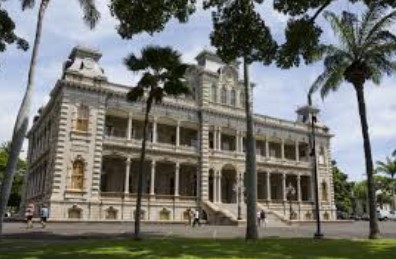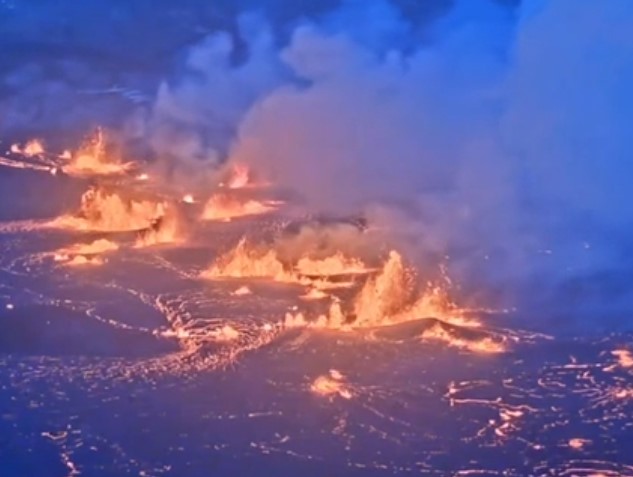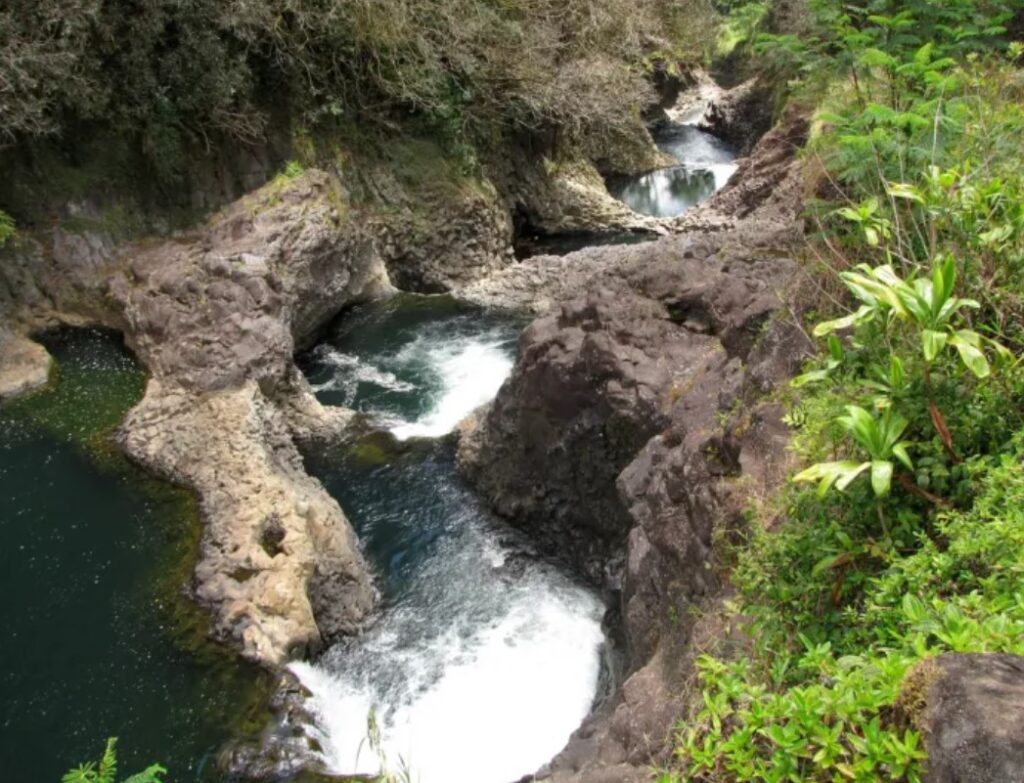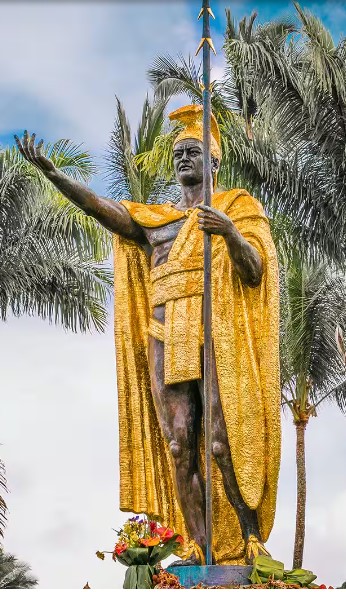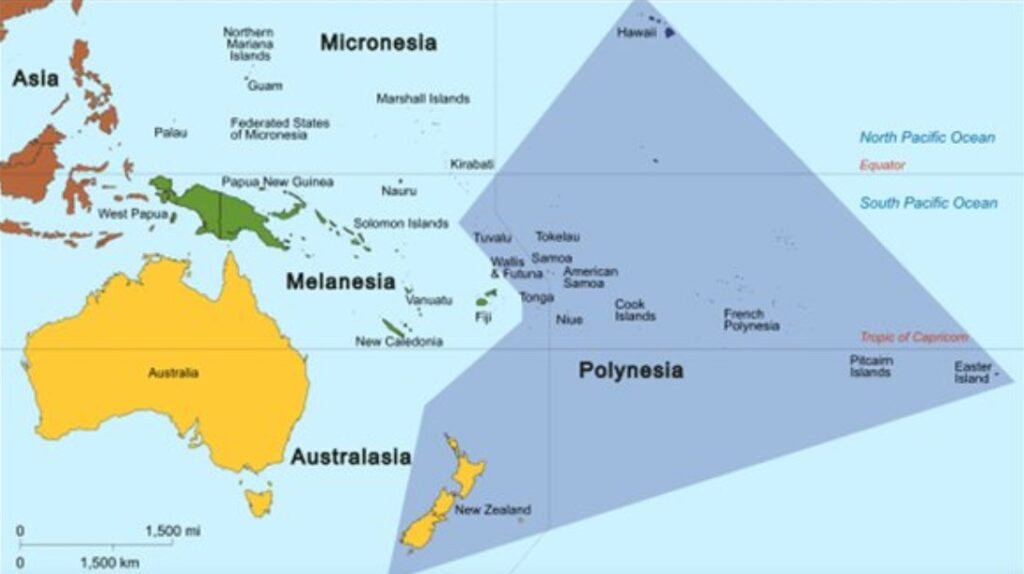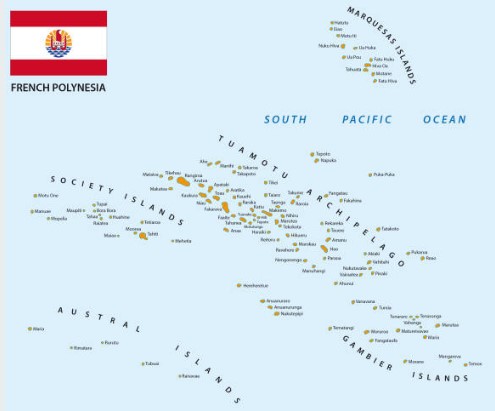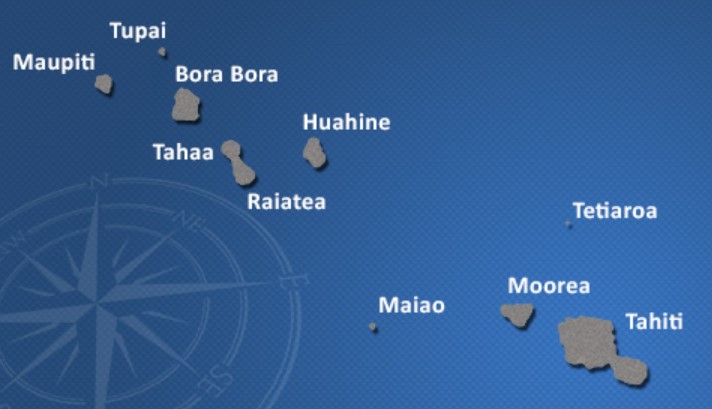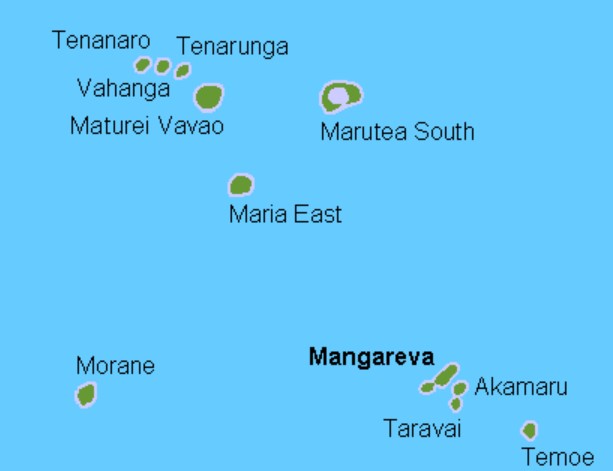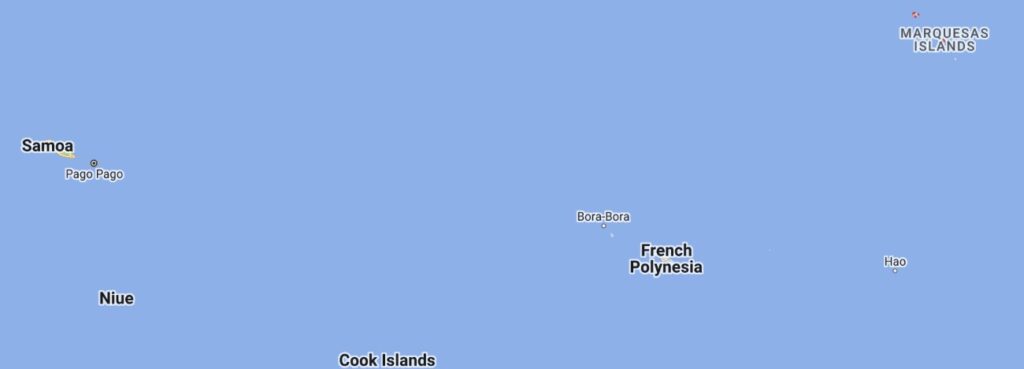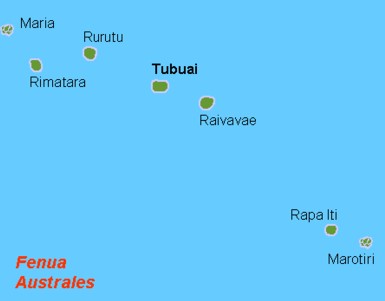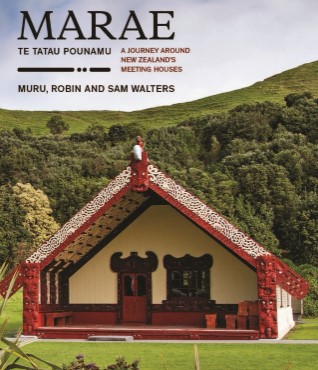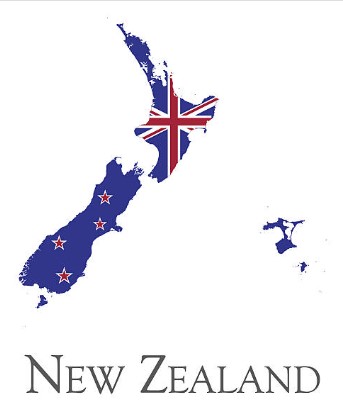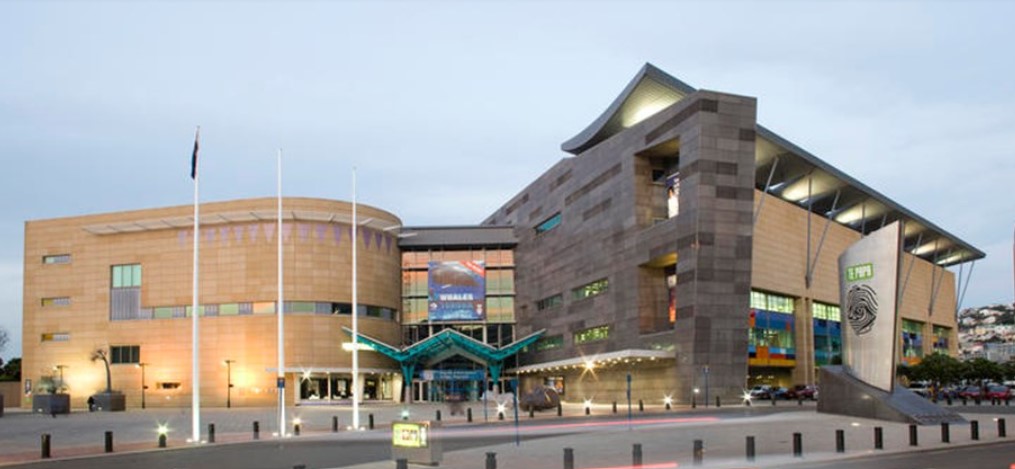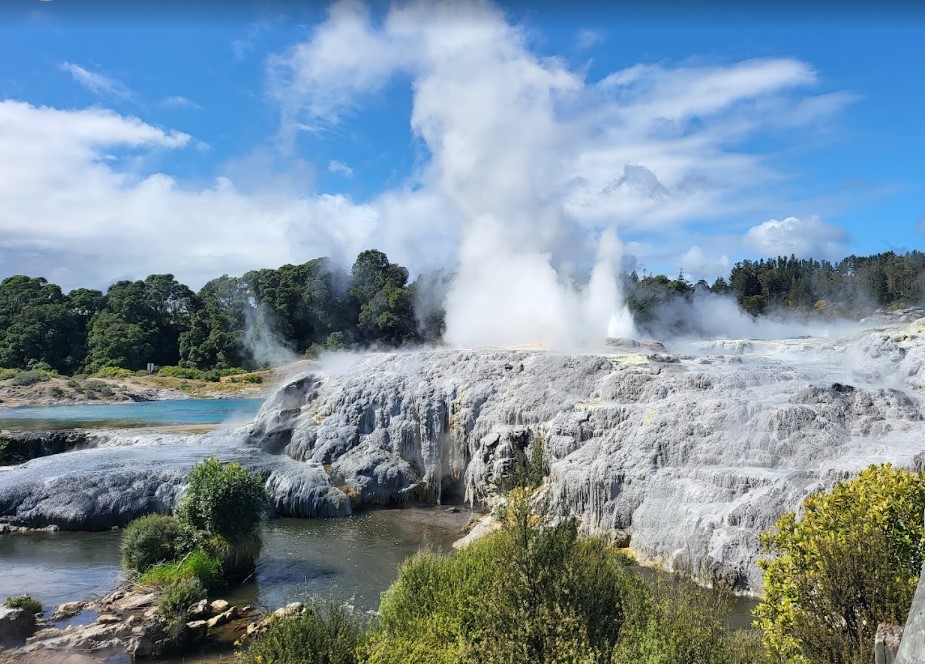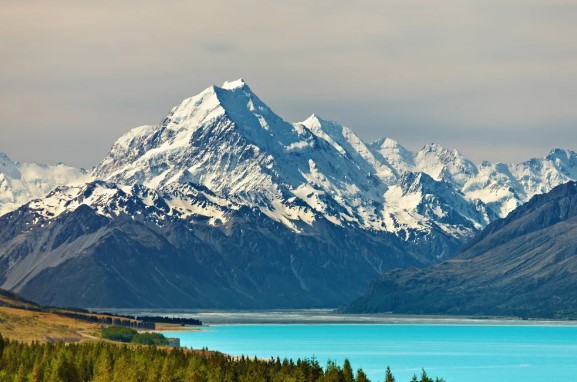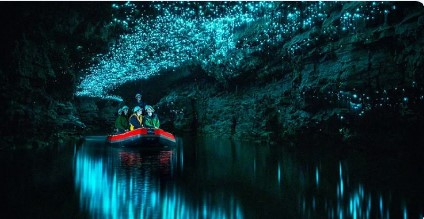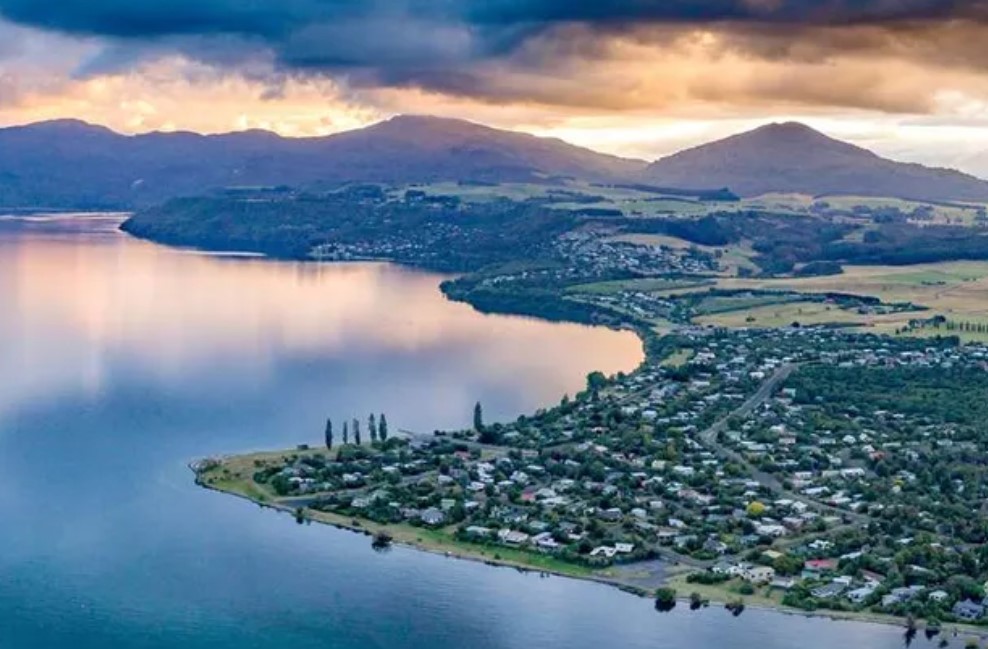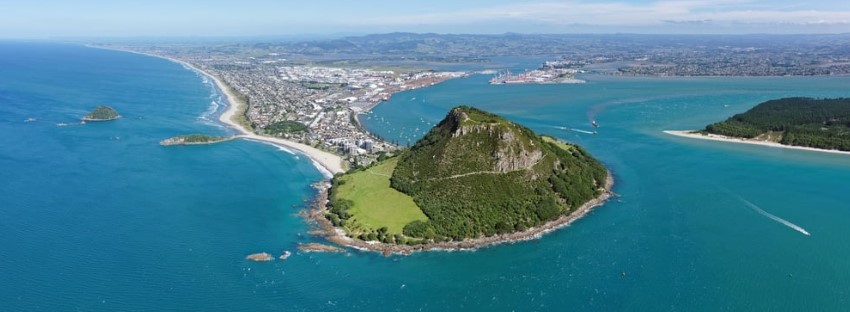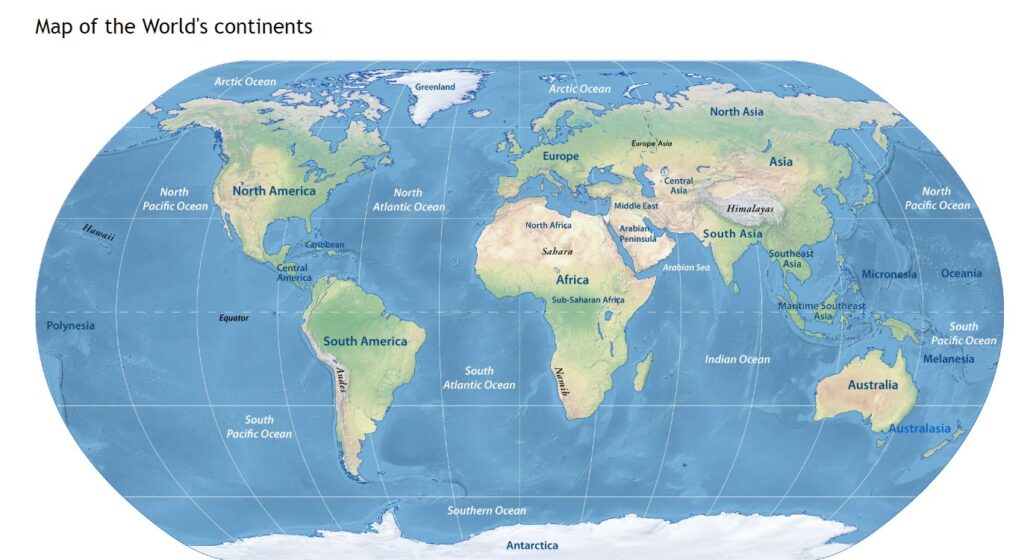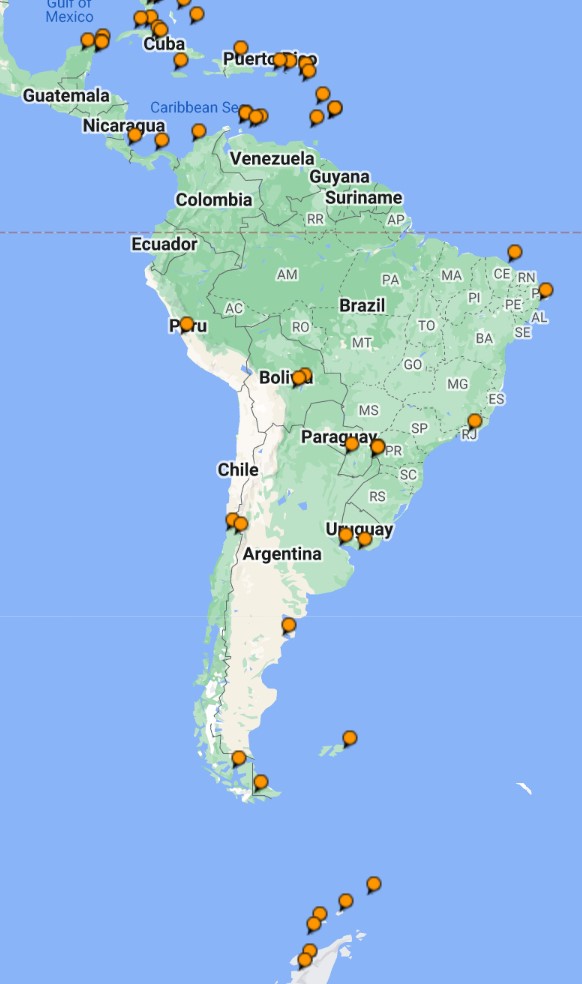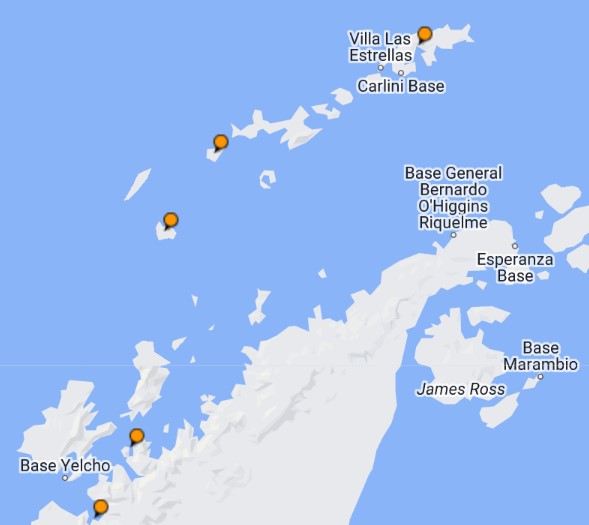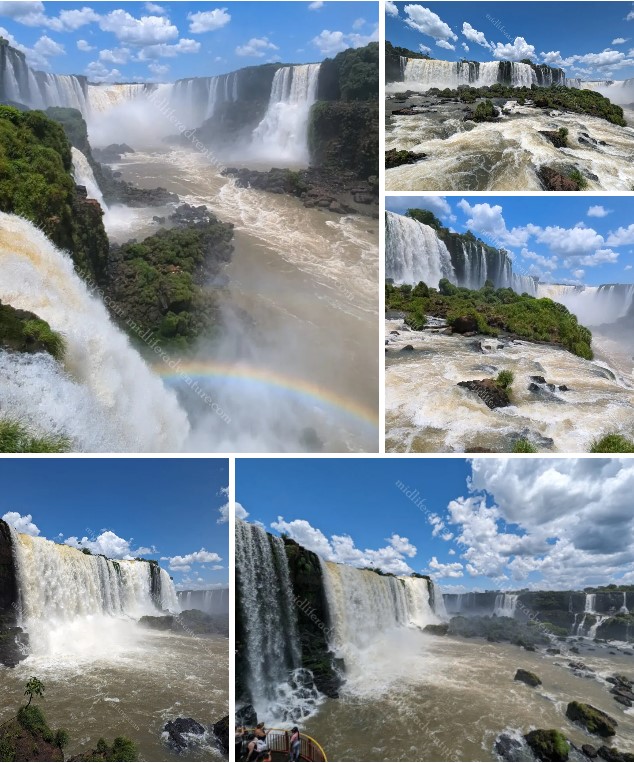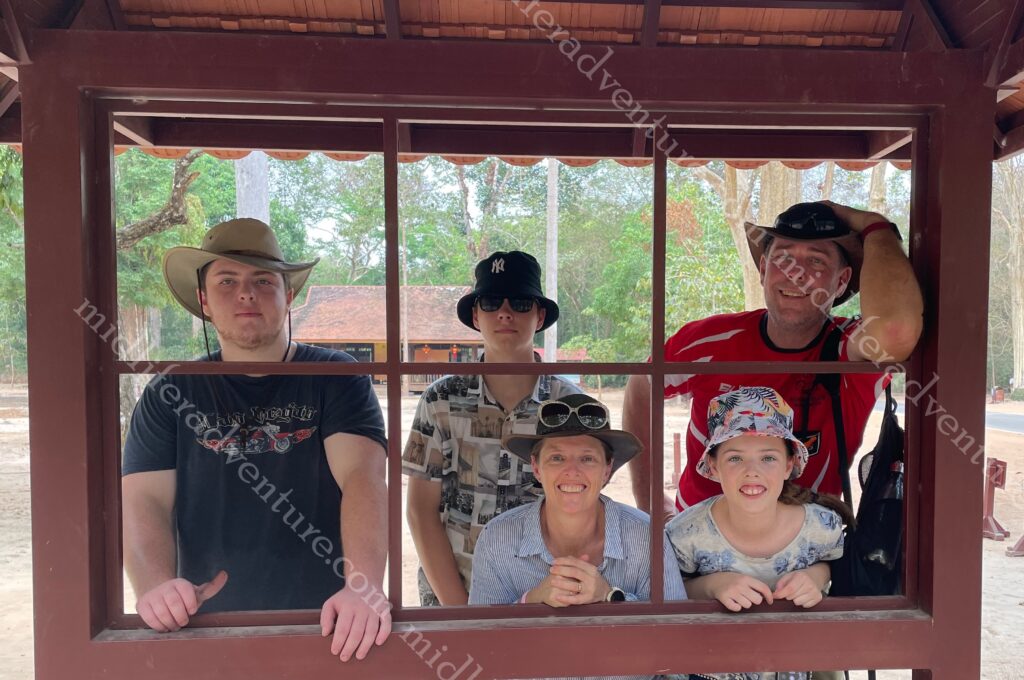Our next big adventure was to visit an area known as Raja Ampat. We had never really heard of it before, but in speaking with some of the Indonesian staff on cruise ships they mentioned that it was amazing and should not be missed. So we did some googling and found it to be one of the last (relatively) untouched wildernesses left on the planet.

But we were later to find out that ‘relatively untouched wildernesses’ meant that, for the most part, there was bugger all here other than wildernesses. This was not a major issue but it did mean that everything was an effort, involved great expense, or once you got there you found very little (except for the natural beauty).
The research also told us that the area was highlighted on the Indonesian 100,000 rupiah ($10) note. Our experience in China suggested that if it was good enough to be on the note, then it was probably pretty good.
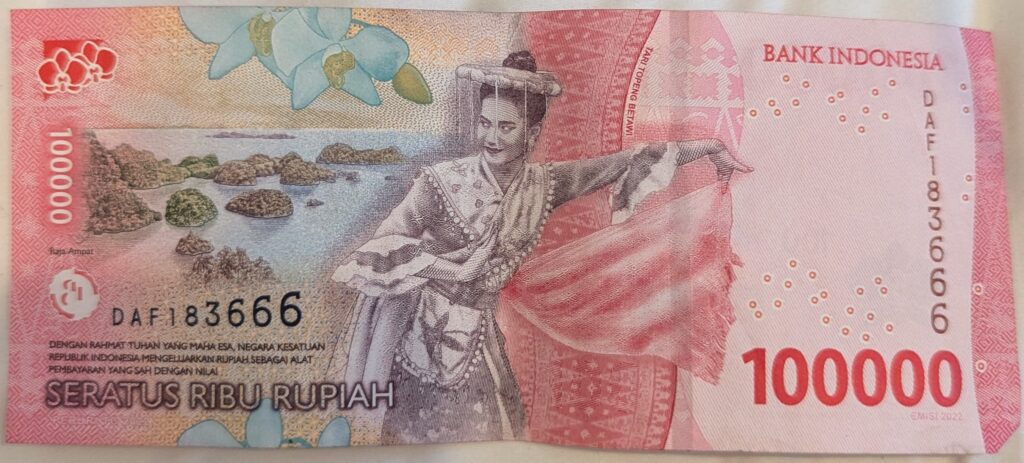
So it was decided then, but getting to the Raja Ampat Islands is not so simple sadly. They are in the easternmost part of Indonesia and the westernmost part of Papua. They stretch over around 4.6 million hectares and consist of 4 large islands, (Waigeo, Batanta, Salawati and Misool) along with another 1,847 other smaller islands.
Our journey to get to Raja Ampat started in Bali at midnight with a taxi ride to the airport, to check in to our 2:15am flight to the town of Sorong in Western Papua. Landing at 6am it was then in a cab (read bongo van) to the port where we would hang about for the next 2 hours waiting for the port staff to arrive (bear in mind, island time seriously applies here). Once they got to work (15 minutes late) the next 15 minutes were spent waiting for the systems to wake up. Then at 8:30 the ticketing for the 9am ferry could commence.
At this point, the hundreds of people who had surged to line up (about 40 minutes earlier, prepping for the 8am opening) started to get pissed as the, just arriving, locals yelled their order from the back and got served, ahead of all those who had (like us) been waiting the preceding two and a half hours. Add to this those that just pushed their way to the front of the queue and tempers were flaring as the ever ticking clock kept marching forward as did the looming boat departure. If you miss this boat, you have another 6 hour wait to get onto the next one.
The first thing that strikes you is that this area is much more like PNG than it is like Indonesia. The faces of the people have changed from the more typical Asian to a greater prevalence of Melanesian features. The forests also seem denser and more fearsome than the ones on the other Indonesian islands.

The name Raja Ampat (the Four Kings) itself is believed to come from a local legend that claimed that long ago there was a woman who found seven eggs, four of which hatched into kings who ruled the four main islands. There are three others left, one is a rock, one is a woman, and the other is a supernatural creature or ghost.
According to the experts, Raja Ampat is an area with the healthiest reefs found almost anywhere on the planet. The reefs host hundreds of species of marine life as well as the passing currents bringing other migratory visitors. It is estimated that around 75% of all coral species in the world can be found here (these photos are courtesy of the Blue Water Dive website).




Waisai City
Once off our bout we found ourselves in Waisai City (township more like) which is on Waigeo Island. The town has a population of around 21,000 with most of these being from the indigenous Ma’ya , Biak , and Ondoloren tribes. Most of the indigenous people continue to live simple, traditional, subsistence lives with the main goal being to simply meet their daily needs.
This became very obvious when we ventured to town and to the markets for our tourist walkabout.
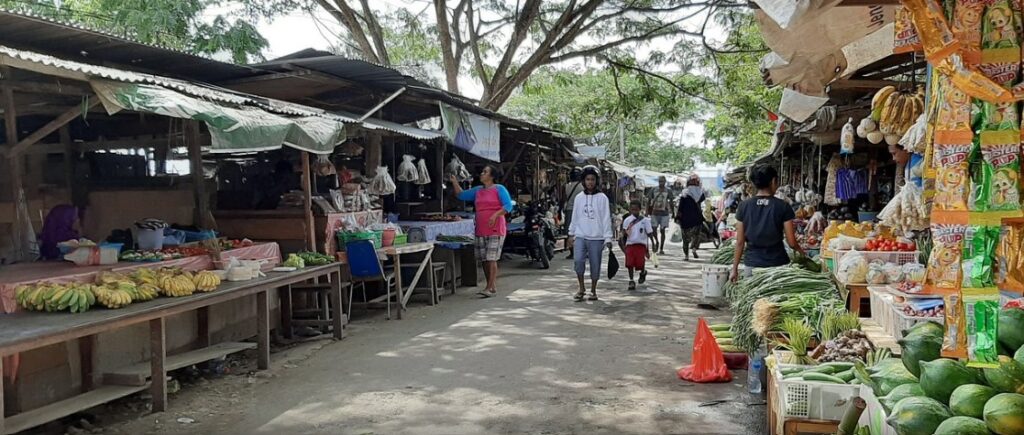
And this would be our home for the next 5 days. Well sort of. We were on an all inclusive resort a couple of kms out of town. The resort was about 3 times more expensive than we would normally pay but id did include full board (three meals a day), and quite frankly, everything over here is way more expensive than the rest of Indonesia.
The meals were all very nice, if a little limited in range. Every meal (except breakfast) was either chicken or seafood (fish, prawns or squid), served with a soup (potato, spinach, garlic or tofu) with sides of either tofu (various styles), tempeh (a soy bean paste style muesli bar thingy) and veg (typically bean or spinach). Don’t get me wrong, they were tasty, and it was all super fresh, but chicken and fish with rice and veg wears pretty thin.





The all inclusive food was an interesting concept for us, but that is the way things go out here. There are virtually no restaurants, certainly no food delivery, and given we were a few kilometers out of town, very few options other than what they supplied. It was all absolutely fresh and totally seasonal.
Our hotel sat on the edge of a mangrove. There was a wooden jetty that took you through (over) the mangrove out onto your own private jetty and coral garden. At low tide the low lying sea grass was largely exposed with the coral barely covered, but at high tide the reef was blooming with life.







The ringed Jetty was the first stage in what I am sure would end up to be a bunch of over water villas (as they were a couple of doors down). Just to the right of the dock was a field of sea grass that (we were told) was the favoured grazing area (if the tides are right) for our own personal dugongs (or manatees if you prefer). The owner said the dugongs like to feed at high sun (around noon).




Sadly we were unlucky with the timing and (while we were there) the noon tide was low, meaning that there was no swimming with manatees for me. While we did not get to swim with the dugongs, our private coral garden was teeming with fish, and had some of the healthiest soft coral we had ever seen. Typically you can still see nice hard coral, but clumsy tourists with fins tend to destroy the soft corals. The only place we have seen better was on the Great Barrier Reef.








Our reef had regular visits from stingrays, a semi-resident turtle and the odd appearance by baby reef sharks. All of this along with a bunch of tropical fish. Our dock was lovely and became our sunset beer location, with Jill typically dangling her feet in the water.
The hotel owner was apparently approached one day by local fishermen trying to sell giant clams. the owner asked what they do with them (the response being cook and eat them). So the owner bought the giant clam (at an exorbitant price), and directed them to put it back in the water as the Center-point of their private reef. Today, there are several smaller ones that have also taken up residence (not really too sure on the breeding or migration habits of giant clams) but at the moment there at least six of them at varying sizes.
WTC Beach
Right in the heart of Waisai township you will find the Waisai Torang Cinta Beach, which is now commonly known as WTC Beach. It used to be called Beloved Waisai Beach but the first governor of West Papua Province, (how cool is this name) Abraham Ocktavianu Atururi, officially changed it.
It has had a grand entrance built, replete with matching dolphin fountains (empty), but there is no real beach, just a rock wall and general community meeting point.
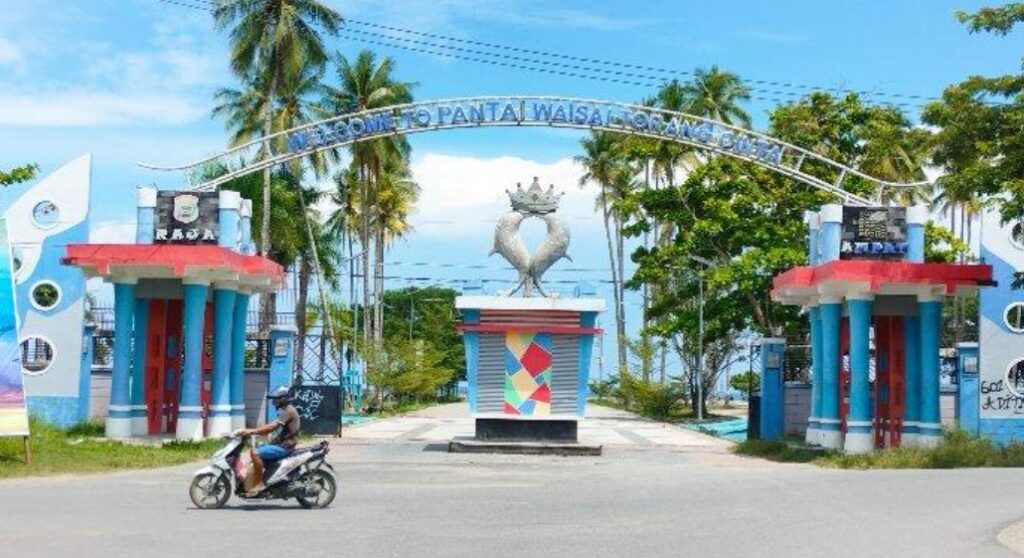
The park itself is in a pretty poor state of disrepair but a lot of effort has been put into developing the surrounds (maybe some effort is needed in the upkeep). The park, if tidied up, could be nice with paved walkways and heaps of coconut trees. It is now more a local fishing spot with many fish regularly caught straight off the rocks.
The main event
Having enjoyed the area we bit the bullet and paid the (comparatively) exorbitant price tag to go and see the Raja Ampat lagoon that was the subject of all of the tourist photos. When we took off at Gili Trawangan for a 6 hour snorkelling and sightseeing tour our bill was 200,000 ($20) a head. But here it was 1.85 million ($185 each) for the same duration with fewer stops.
The planned day took in the Star Lagoon, Manta Lagoon, and the main attraction of Painemo Lagoon. Add to this some snorkelling and a sand bar and the day was complete. The start was not auspicious when we got to the dock and the engines were in pieces while the mechanic feverishly worked away. We were told that it was just a fuel filter change and that all would be good.
Star(Bintang) Lagoon
The first port of call for us was to the Star Lagoon (Bintang along with being the local beer is the Indonesian word for star). As the name suggests, it is a lagoon shaped like a star, that is filled with amazing green water. the dock is low and to get the full effect of the star, you have to hike up to the top of the hill along the sketchiest path that has existed, made of rugged and jagged coral.







I started to climb the stairs and quickly decided that this was not for me. Sharp jagged rocks and step widths of less than 2 inches were enough for me to know that my size 11-12 feet would not fit with this scaling well at all. Jill on the other hand, intrepidly boxed on. She came back down claiming that there was no way that I could have made it as the path (and stairs) got considerably worse and sketchier the higher you went.
Manta Lagoon
Having checked out Star Lagoon, it was on to Manta Lagoon next. Sadly the lagoon is named this way due to its shape and not because of an abundance of Manta Rays (although there are such areas in the region). If the first set of stairs was sketchy, then this one took the cake.
These were man made wooden stairs and the guide forbade us from even attempting the stairs. He had a very long and earnest conversation at just how dangerous these particular stairs were, and how they could not be trusted.






We looked up and saw the platform at the top (giving the Manta shaped view) and decided that there was no way that we were going to trust the West Papuan engineering standards. Rotten boards were clearly visible and the viewing platform was nothing even resembling sound.
Painemo Lagoon
Next stop the main attraction, Painemo Lagoon. This too had a ridiculous climb to get to the top (300 stairs each way) but the quality of the stairs and platforms were good. They were sturdy, secure, and were built of railway style sleepers that were thick and well made. But they still required some serious climbing.




But having made the effort, the pay-off was definitely worth it. The view was exactly as promised, breathtaking (maybe it was the stairs). This really was something very special.







It has been estimated that there are 1,318 different types of fish, 699 types of mollusks (soft animals), and 537 types of coral reefs in and around the Raja Ampat Region. Having ticked the magic view box, it was time to explore the reefs and wildlife (more broadly than our own private coral garden). So the next stop was at another small island for some snorkelling amid the most amazing array of fish that we have seen in decades.








There were so many fish, so many colours and of sizes that guaranteed you an amazing experience. Raja Ampat really was delivering.
Our final port of call before heading home again, was to a sandbar that pops up at the right time of the tidal flow. Crystal clear waters, white sand, seriously…what more could you want. Add to that a guide with a drone to get aerial images of you lazing in the water (and some stupid group shots).



Tour over, it was back to our hotel for a couple of more days kicking back and enjoying our private coral garden and reef. According to the owner, about 50 meters past the jetty was a major drop-off with even more coral and fish species. Jill and I went a couple of times, but neither of us felt comfortable enough with the tides and currents to brave exploring this.
Sorong
While Sorong was our entry point, we didn’t get time to explore it (other than the port) until at the end when we had some spare time on our way out. Sorong City was settled by the Dutch in West Papua to support their oil operations. The city is known as the City of Oil as it was the home of Dutch oil activities since the 1930’s. Sorong is the largest city in West Papua Province and the second largest city in Papuan Indonesia, after Jayapura City.
The area is inhabited (mostly) by the indigenous Moi tribe which are one of the Papuan tribes inhabiting most of Sorong district, Sorong city and the Southwest Papua province.
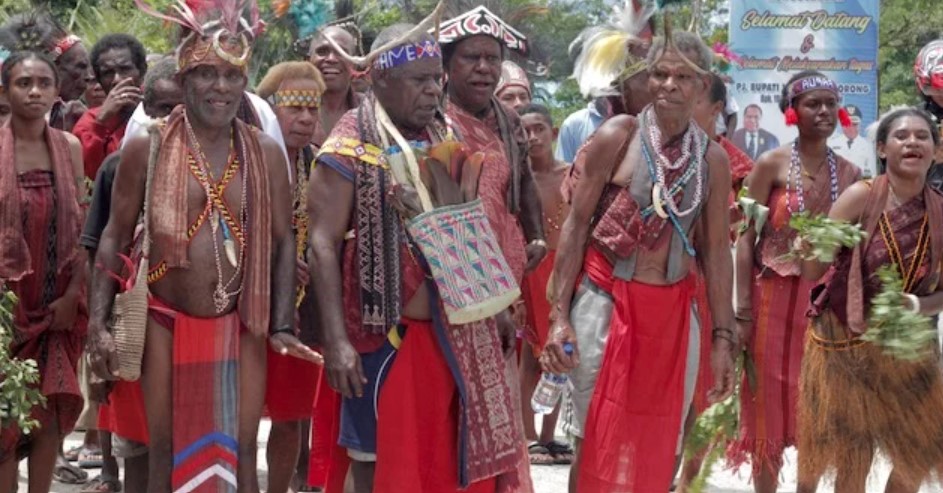
The Moi tribe have a traditional territory spanning about 400 thousand hectares of land. The people believe that the forests and humans are inseparable, and depend on forests for food and other resources to meet their families’ economic needs. The tribe has a distinct forest management strategy that is clearly defined and mapped, to minimise inter clan conflicts.
This forest management sophistication has brought the tribe into conflict with the central Indonesian Government who has authorised logging increases at odds with the tribal management. The central government policy is at odds with Egek which is a cultural heritage passed down from generation to generation. Egek aims to provide an opportunity for nature to renew and restore before its resources are processed again to meet people’s needs. Philosophically, the Moi tribe recognises that forests and land are a lifeline.
The remainder of the inhabitants are from all over the region who have migrated to the area for a simpler life.
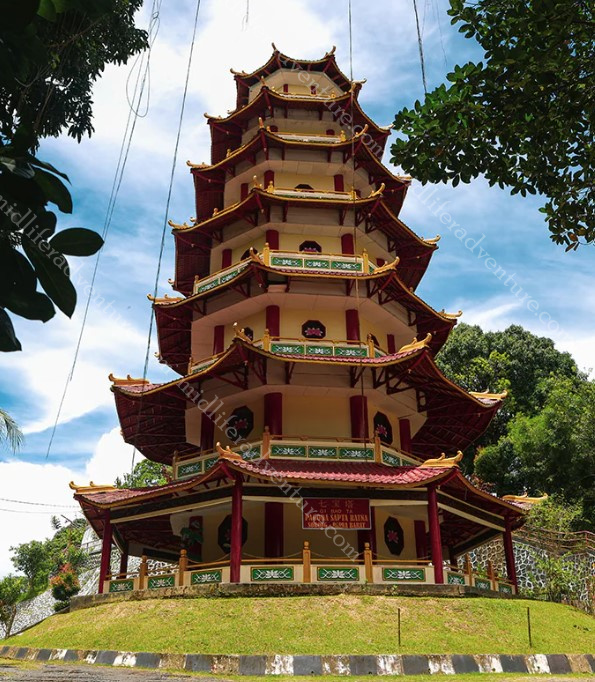
Sapta Ratna Pagoda is a Chinese Buddhist style temple built about twenty-five years ago.
The Pagoda is a 7 tiered structure that can be visited for about a buck.
Puri Bridge Fish Market is one for the early risers. A small harbor with that morning’s catch, no ice, no stalls just fresh fish on blue tarpaulins.
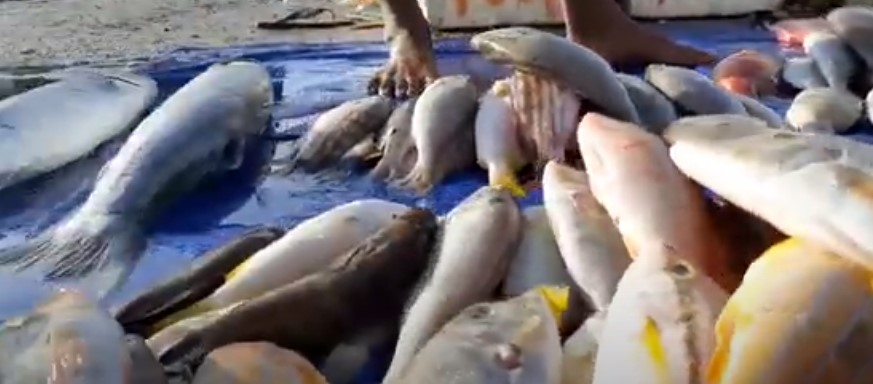
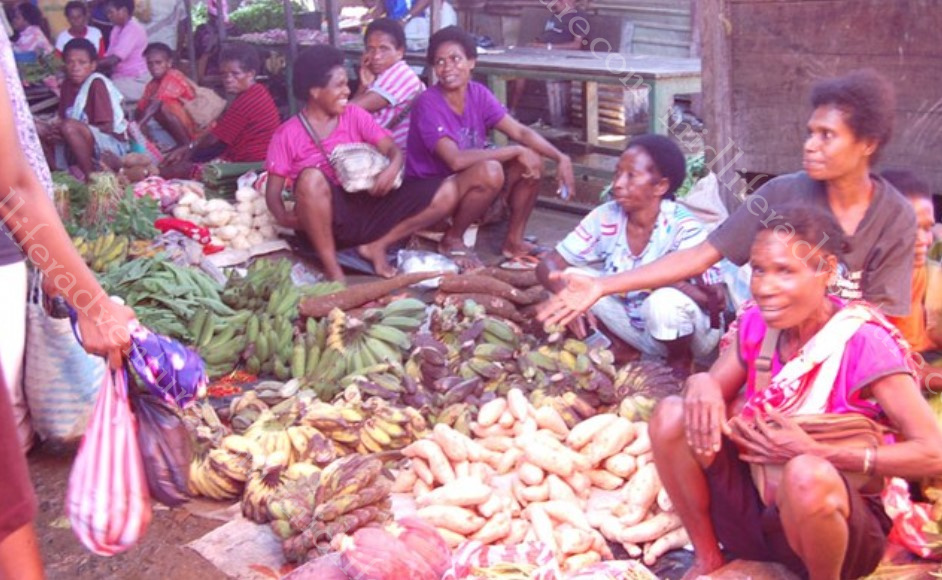
Remu Market was around the corner from our hotel, near the airport. It is the main market in Sarong and is full all day every day. A combination wet market and everyday goods.
If the markets in Waisai were basic, then these ones in Sorong were much worse. The town is on the fringe of a tropical rainforest and gets the rainfall that goes with it. While we were there it rained almost non-stop. When it does, the dirt floors and streets turn into either muddy messes or straight out puddles.
Thankfully we found an actual shopping mall and managed to avoid this mess entirely. Surprisingly, the quality of the products and produce in the indoor mall was top notch.
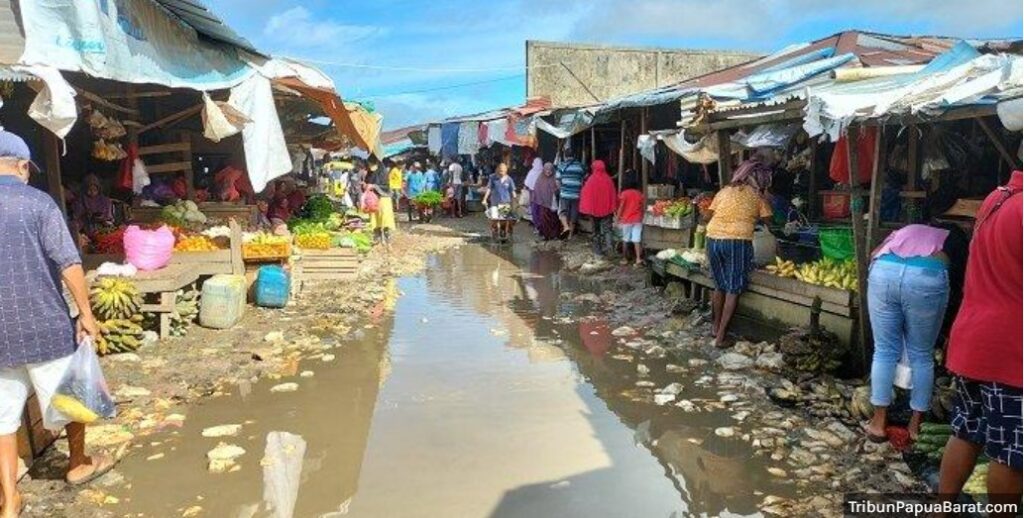
In reality, Sorong is as close to a shithole as you will find. Open drains, rubbish everywhere and just a generally primitive and run down location. Apart from being the launching point for something truly amazing, there is very little to recommend the place. The people we came across were happy and friendly, but the approach to rubbish and burning of trash was quite frankly atrocious.
Next time – Liveaboard Cruising
While we really enjoyed our time here in Raja Ampat and it was amazing to see and experience, I’m not entirely sure that we did it the right way. There are a bunch of liveaboard cruises setting out from Bali and Sarong that do 3-7 day explorations of the area on small four room yachts. These are run by any number of dive companies and offer incredible package deals.









It will cost a lot of money but they really look like the best way to get a sampler of the area (without the primitive exposures that we caught). They take in everything that we saw and a whole lot more, the remove the dramas and they look really informative. There is even a Rolls Royce 12-14 day itinerary.
Many of these are specific to divers but a little bit of research and you can find one more for snorkelling and kayaking. Or if you a have always wanted to get your dive ticket, then there are combo offers where you can learn to dive at the same time. I think that a 3-4 day version of this would be about spot on.










